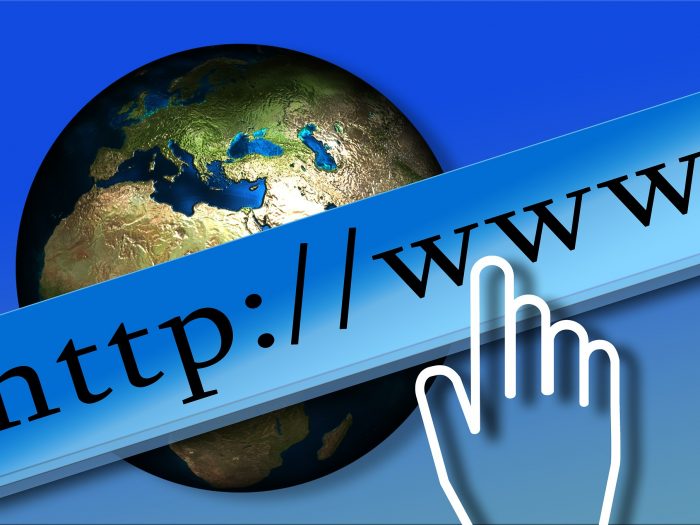Cloudflare and Google Chrome are now allowing users to turn on HTTP/3 support for their domains through their dashboards. What this means, is that is a user visits a website hosted by Cloudflare (for example) with HTTP/3, the connection will be upgraded to the new protocol automatically. For Firefox users will be able to appreciate HHTP/3 with the new Firefox Nightly.
What is HTTP/3?
HTTP/3 is the latest version of HTTP. HTTP is the protocol that allows content to move from a server to a client’s browser, mobile app, or alternative apps. In actual fact, it’s far more than just an updated version. It’s a completely new edition that uses QUIC protocol rather than the previous TCP. It also has built-in TLS support.
In a nutshell, it’s a combination of multiple technologies that have been designed to increase the speed of websites.
TCP is a four-layer protocol that HTTP uses as a connection between clients and servers, basically moving data between the two communicators. TCP was created in the 70s as a transport protocol and considering how far technology has come since then, it’s amazing that it is still used today. TCP was never going to be a fast solution for transporting data across the web.
Many have tried to develop a faster solution. Google engineers created SPDY that resolved some of the problems that TCP suffered from. The engineers realized that the best solution was to combine the reliability of UPD with the speed of UDP.
This created a new technology that is now known as Quick UDP Internet Connections or QUIC. In summary, HTTP/3 is QUIC implemented in HTTP in order to replace the transport system of TCP and SPDY.
HTTP/3 uses a 7-layer OSI model. This model can be summarized in the following way:
- Applications: End-user layer- HTTP, FTP, IRC
- Presentation: Syntax layer- SSL, IMAP, JPEG
- Session: Synch and send to port- APIs, WinSock
- Transport: End-to-end connections- TCP, UDP
- Network: Packets- IP, ICMP
- Data Link: Frames- Ethernet, PPP
- Physical: Physical structure- Coax, Fiber, Wireless
Cloudflare helping HTTP/3 and its launch into the World Wide Web
HTTP/3 was first added in Chrome 29, Opera 16, and LiteSpeed servers. This server gradually expanded the availability of HTTP/3, but it’s Cloudflare that has taken giant steps. The protocol is now available for all its users.
The content delivery network (CDN) powers approximately 10% of all Internet sites. It has a massive influence online. By using HTTP/3 faster and broader Internet connections are almost guaranteed.
It’s not the first time that Cloudflare has been the first to offer such support. In December 2015, Cloudflare played a major role in promoting HTTP/2, again making it available for all customers. Even now, it is still one of the biggest supporters of HTTP/2, according to a spokesperson from Cloudflare.
The company now feels it’s the right time to push for a better, faster protocol across the web, at the same time, enjoying the benefits of built-in support for TLS. At the moment, W3Techs have stated that only 3% of websites are using HTTP/3. But it won’t be long before its popularity grows and HTTP/3 becomes the new norm for transporting data across the web.



